Tea is simple: a few leaves in hot water. And yet, it can also be elaborate, providing health benefits and complex rituals for connection and community.
New tea drinkers often prefer using tea bags for convenience and simplicity. There is a false perception that loose-leaf tea is complicated. If you fall into this category, enchanted by the idea of loose-leaf tea, but intimidated to free the leaves, may we suggest that you allow us to lead the way?
The world of loose-leaf tea awaits—and it is far less complicated than you might think!
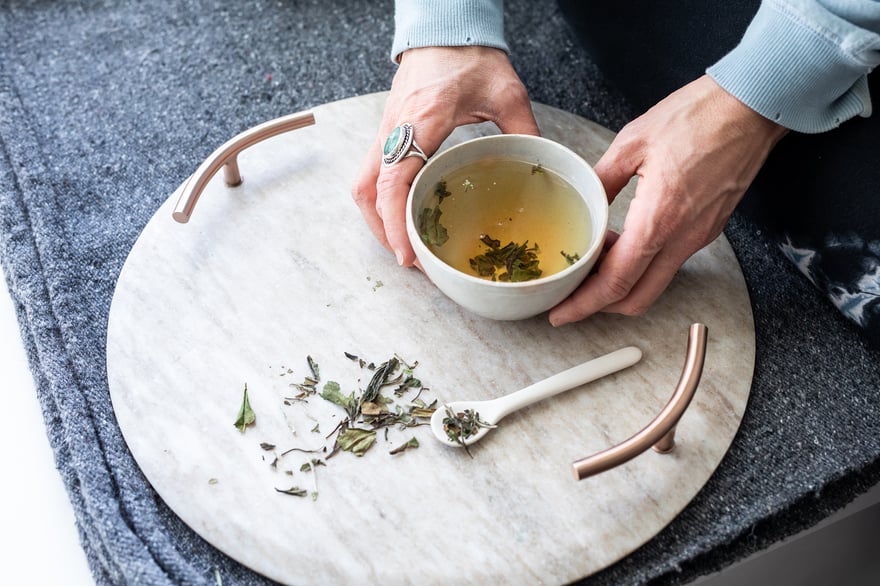
Tea Bags
Even if you are a committed loose-leaf tea drinker, chances are that you probably still carry a few tea bags in your bag. I do! My favorite for a long-haul flight is Cult of Flowers from The Rituals Collection, Firepot’s wellness tea sachet line. This line was created to deliver potent and delicious healing botanicals and teas to people on the move, with jet lag, or wanting to maintain their rituals away from home. Our tea sachets are created from soilon, a corn-based fiber that is fully compostable. They serve their purpose, especially when you want a dose of healthy herbs on the go.
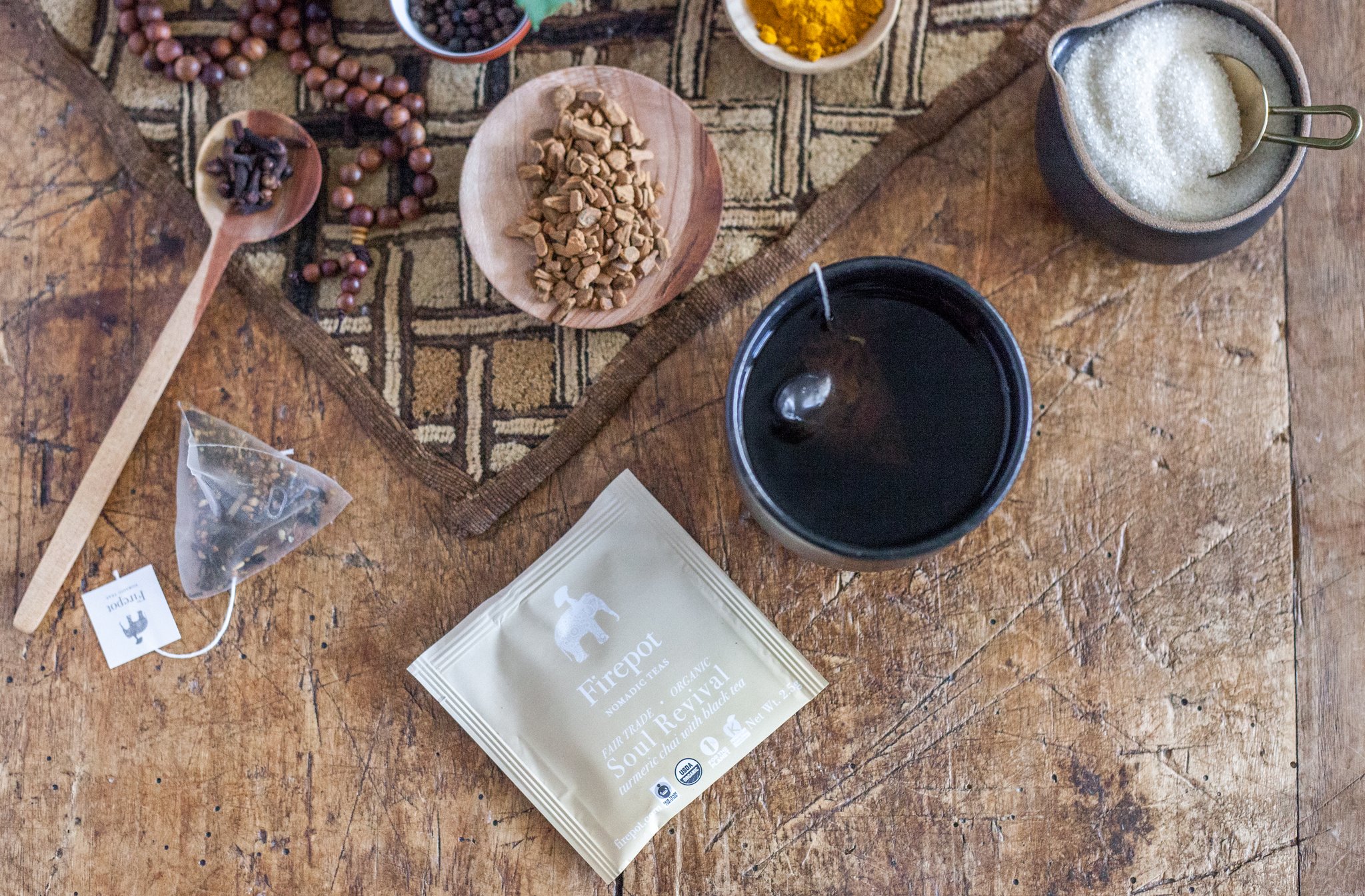
In general, Firepot tea sachets contain smaller-leaf teas and herbs - those that do not expand significantly in hot water. They are small enough in size that they steep fully within the tea bag.
However, when you try to steep whole tea leaves, such as those in our Masters and Pioneers teas and most of those in our Classics Collection, the leaf undergoes what is called The Agony of the Leaf and the leaves unfurl so dramatically that they bulge out of or are constricted within the tea bag, tea ball or tea strainer. This is when you know that it is time to explore loose-leaf tea!
Loose Leaf Tea
Loose-leaf tea allows you to experience the fullness of flavor and experience offered by tea. It gives you an opportunity to connect with Mother Nature’s beauty and bounty - with the leaf and the steaming liquid. With loose-leaf teas, you can create your own blends, by adding a sprig of mint from the garden, a twist of lemon peel, a pinch of saffron or a slice of ginger. Craft the perfect potion to maintain your personal tea ritual to anchor your day and your state of mind.
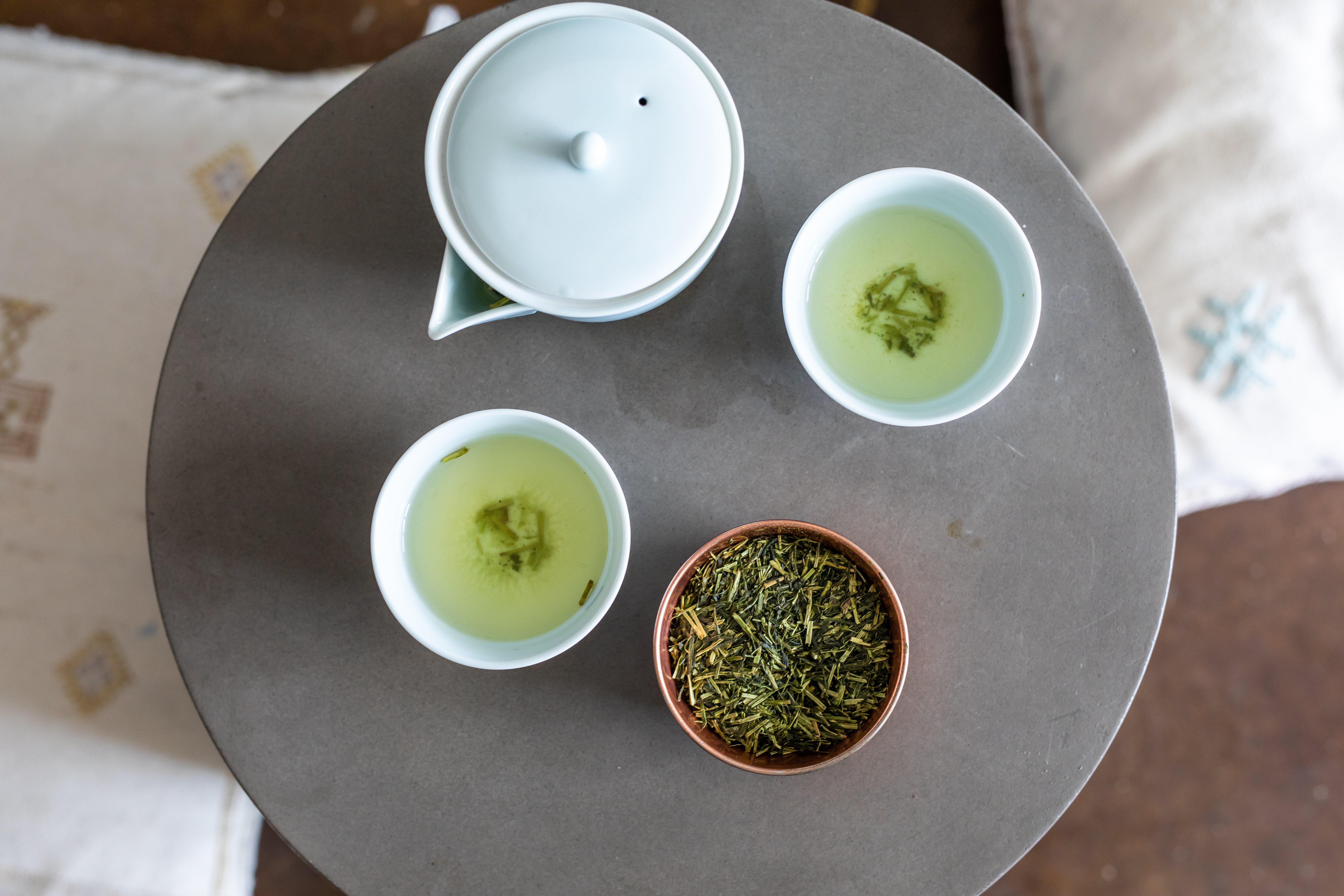
How To Brew
Relax. It is just simply leaves and water. You may put aside your measuring cups, spoons and scales. Any special equipment may be added once you master "water + leaves."
WATER TEMPERATURE
Each tea is unique and no two teas are steeped alike. Once you come to know a specific tea, you will intuitively begin to know just how much tea you like, how long you like to steep it, and what temperature to use.
Here are some rules of thumb to get you started:
- For black teas - use water that has almost come to a boil.
- For oolong teas - remove the water from the heat when tiny bubbles begin to form on the bottom of the pot (about 3 minutes off a boil).
- For green teas - the tiny bubbles should start rising to the surface of the water when you remove them from the heat. (about 5 minutes off a boil)
- For Japanese and other delicate or spring green teas - the tiny bubbles are still sitting at the bottom of the kettle (about 8-19 minutes off a boil).
- For white teas - remove the water from the heat when tiny bubbles begin to form on the bottom of the pot (about 3 minutes off a boil).
- For Shou Puerh teas - use water that has almost come to a boil.
- For Sheng Puerh - the tiny bubbles should start to rise to the surface of the water when you remove it from the heat. (about 5 minutes off a boil)
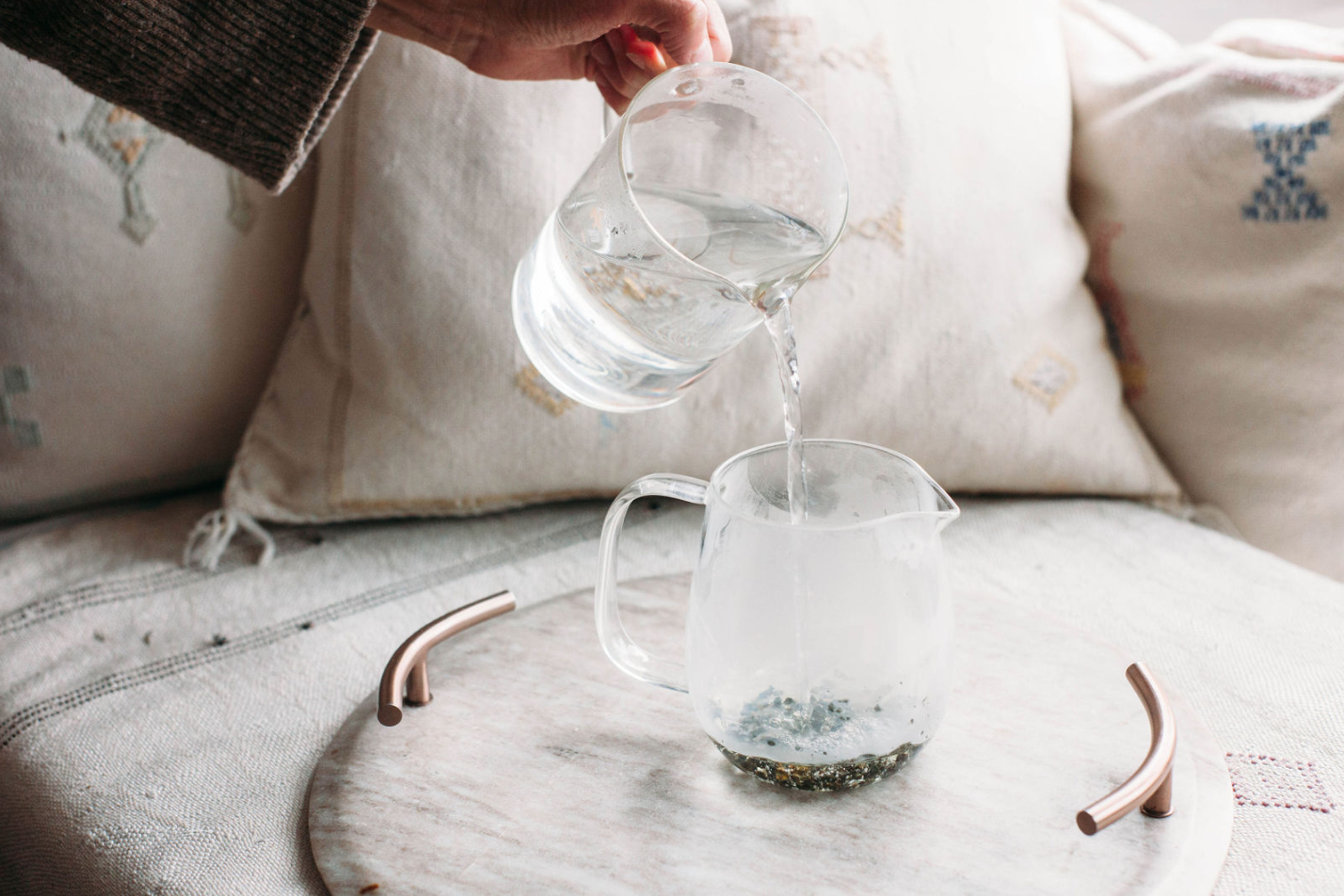
WATER TEMPERATURE + STEEPING TIME
The amount of tea and steeping times will depend on what kind of teaware you use. Generally speaking, there are 2 main styles stemming from the two main lineages of tea cultivation: 1) The British style and 2) The Buddhist, or Eastern - a style originating in China and Japan.
Buddhist style:
Preparation: Lots of tea, short steeping times, many infusions
Purpose: Tea as an activity or practice
Place: Taiwan, China, Japan
This lineage of tea uses smaller teapots like houhins or gong fu cha sets. You will want to have hot water available in a thermos, on a stovetop, or in a warm kettle for this method. Here, you will use a Tablespoon or so of tea per 6 ounces of water (again, just as a guide point) and steep the first infusion for about 20 seconds and the subsequent infusions for a shorter period of time. Depending on the tea, this method, reserved for whole-leaf teas and not botanical infusions or cut teas, will yield 5-15 infusions per tea.
British style:
Preparation: Less tea, longer steeping times, fewer infusions
Purpose: Tea as a beverage
Place: India, Sri Lanka, Africa
This method uses larger pots like a classic British or American teapot. It allows you to make a larger amount of tea at once, so you don’t have to keep hot water on hand. Here you will use only about a teaspoon of tea per 6 ounces of water and steep your tea for a few minutes per infusion. Depending on the tea, this method will yield 1-2 infusions per tea.



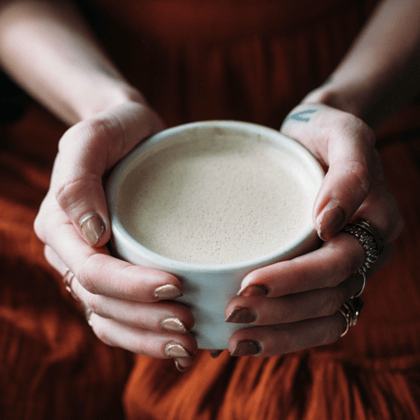


Leave a comment
Comments will be approved before showing up.